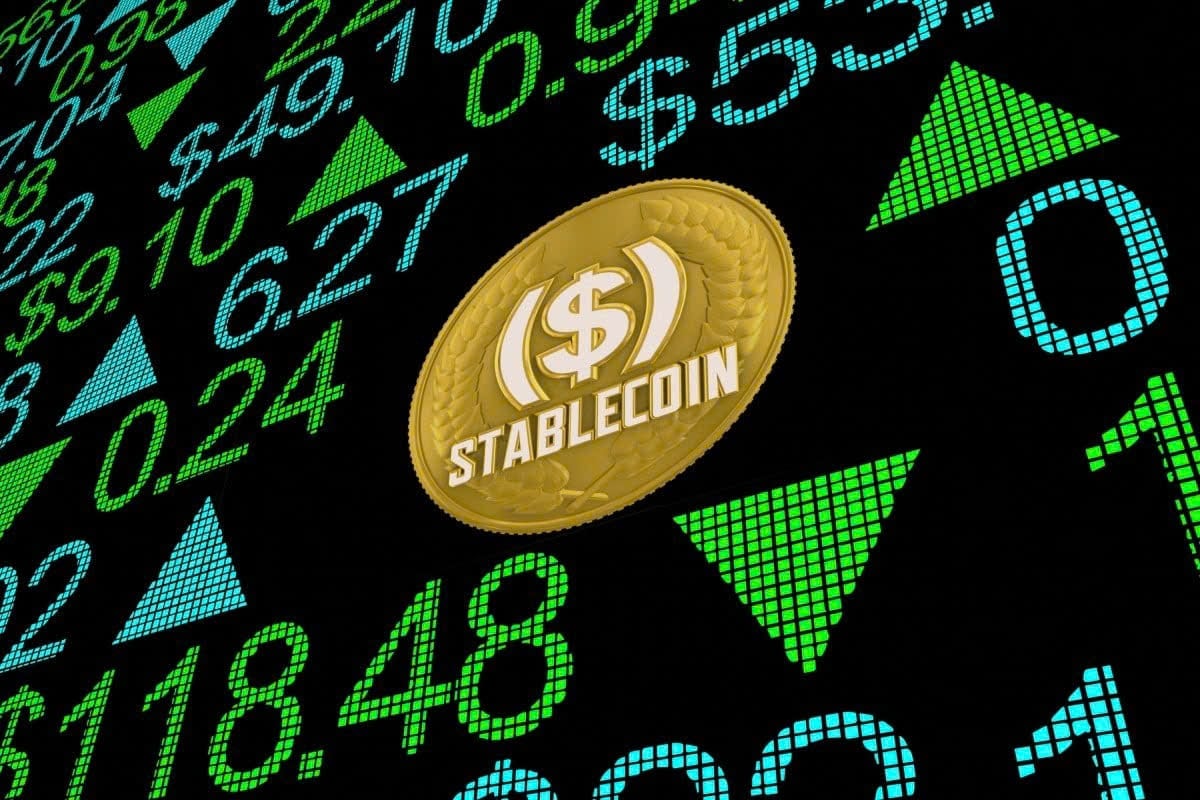Klarna Introduces KlarnaUSD as It Steps Into Stablecoin-Based Payments

Key Takeaways:
- Klarna introduced KlarnaUSD, marking its entry into blockchain-settled payments.
- The company became the first bank to launch on Tempo, the payments chain backed by Stripe and Paradigm.
- The stablecoin will support faster cross-border transfers for Klarna’s 114 million users.
Klarna is taking its payment network in a new direction by issuing KlarnaUSD, its first stablecoin. The company described the move as a practical way to speed up settlement rather than a shift in its core business.
Klarna Steps Into Stablecoins Through a Practical Use Case
Klarna’s announcement didn’t come with the usual fanfare that fills crypto launches. Instead, it read like a natural extension of the infrastructure the company has been building over the past few years. KlarnaUSD is designed mainly for moving money between regions where Klarna already handles a high volume of transactions.
Stablecoins have become a default tool for many companies that work across borders. Public blockchain data shows more than $27 trillion moving through stablecoins each year, driven mostly by payment routes rather than speculation. That pattern has reshaped expectations in the broader payments industry, where merchants often wait days for settlements that could be handled within minutes.
Klarna isn’t promoting KlarnaUSD as a trading asset or a token meant for retail speculation. Its purpose sits behind the scenes. It acts as a value carrier between different parts of Klarna’s network, allowing funds to travel more quickly and with fewer intermediaries. For a company that processes payments at global scale, shaving hours or days off settlement windows can be meaningful.
The introduction of KlarnaUSD also marks the first time the company is leaning directly on blockchain rails for a core payment function. Klarna has experimented with new financial technologies before, but issuing its own stablecoin represents a deeper commitment to crypto-native infrastructure.

First Bank to Launch on Tempo
One detail in Klarna’s announcement stood out: its decision to become the first bank to operate on Tempo, a payments-focused blockchain developed by Stripe and Paradigm. Tempo isn’t trying to position itself as a general-purpose network. Its design targets predictable settlement, stable fees, and throughput levels optimized for payment companies.
Stripe re-entered crypto this year with on-chain payout support, and Tempo appears to be part of that broader push. Klarna joining as the first bank gives the chain a real commercial test case rather than a pilot run or a limited rollout.
How Tempo Fits Into Klarna’s Existing System
Klarna’s network spans more than 100 markets, with 114 million users and a merchant base that depends on consistent payment timing. Cross-border transactions are typically the slowest part of that system. Funds often pass through several intermediaries before they reach the receiving account.
Tempo’s design allows transfers to settle directly on a shared ledger. Instead of handing payment instructions off to different institutions, Klarna can shift value internally and finalize transactions faster. That doesn’t remove regulatory oversight or the need for safeguards, but it streamlines the operational path.
Bridge, another piece of infrastructure referenced in Klarna’s statement, serves as the connector between Tempo and the broader financial system. It helps link on-chain settlements with the banking networks Klarna already uses, reducing friction as money moves between old and new rails.
Read More: Fold Launches Bitcoin Credit Card With Stripe and Visa

A Growing Shift Toward Stablecoin Settlement
Stablecoins have evolved from a niche crypto tool into a major settlement layer between exchanges, fintechs, and, increasingly, payment companies. Visa and Mastercard have run experiments with stablecoin-based settlement. PayPal launched PYUSD last year and began weaving it into selected payment flows. Klarna now joins that list, adding a consumer-facing fintech with a large global footprint.
Even with the rapid rise of stablecoins, most mainstream financial institutions have stayed cautious. Their decision often hinges on whether the technology solves a concrete operational problem. Klarna’s approach seems shaped by that logic: treat the stablecoin as infrastructure, not as a public-facing crypto product.
In recent years, stablecoin competition has intensified. USDT still dominates volume, while USDC remains the preferred option for many regulated firms. New entrants often focus on specific niches. Some emphasize compliance frameworks; others optimize for high-speed retail payments. KlarnaUSD enters the landscape as a stablecoin built expressly for an established fintech’s ecosystem.
Klarna’s size also positions the move differently. A company with more than 100 million active users adopting a stablecoin for internal flows sends a signal about where the industry might be heading. Payments companies, especially those operating internationally, are finding blockchain-based settlement hard to ignore.
The long-term impact will depend on how broadly Klarna integrates the new system. For now, KlarnaUSD starts as an internal settlement tool, not a consumer product. But large networks tend to move quickly once the infrastructure is in place, and stablecoin settlement may become a standard part of how Klarna moves value behind the scenes.
Read More: PayPal Expands PYUSD Stablecoin to Stellar Blockchain, Targeting Global Payments and Remittances
The post Klarna Introduces KlarnaUSD as It Steps Into Stablecoin-Based Payments appeared first on CryptoNinjas.
